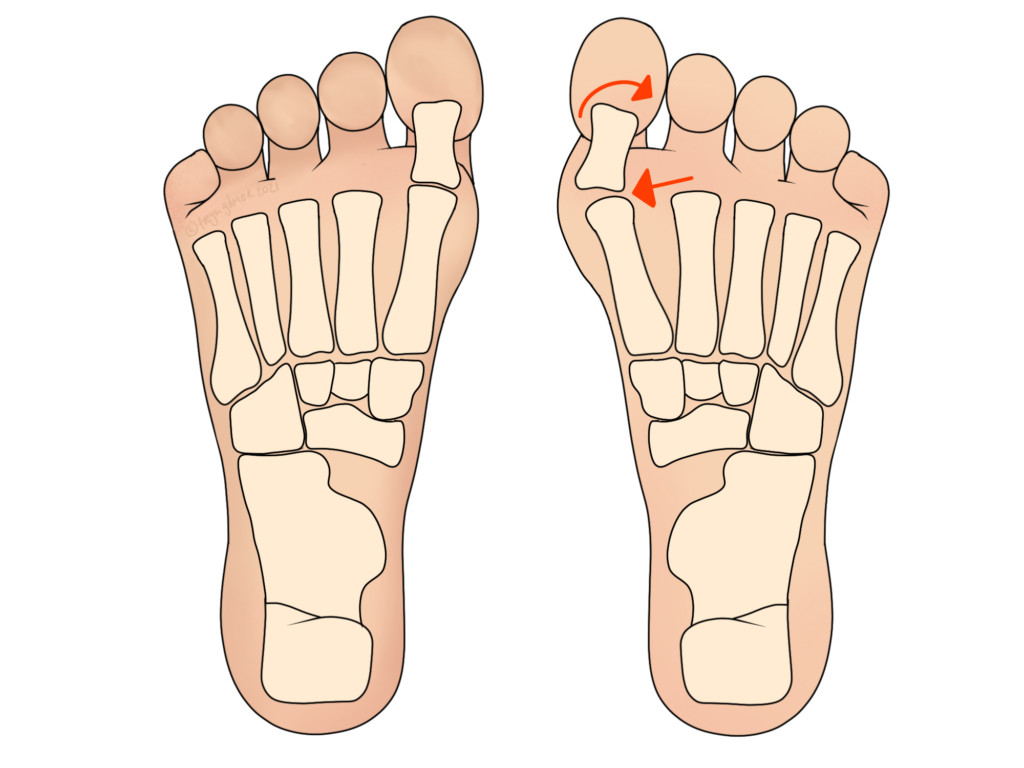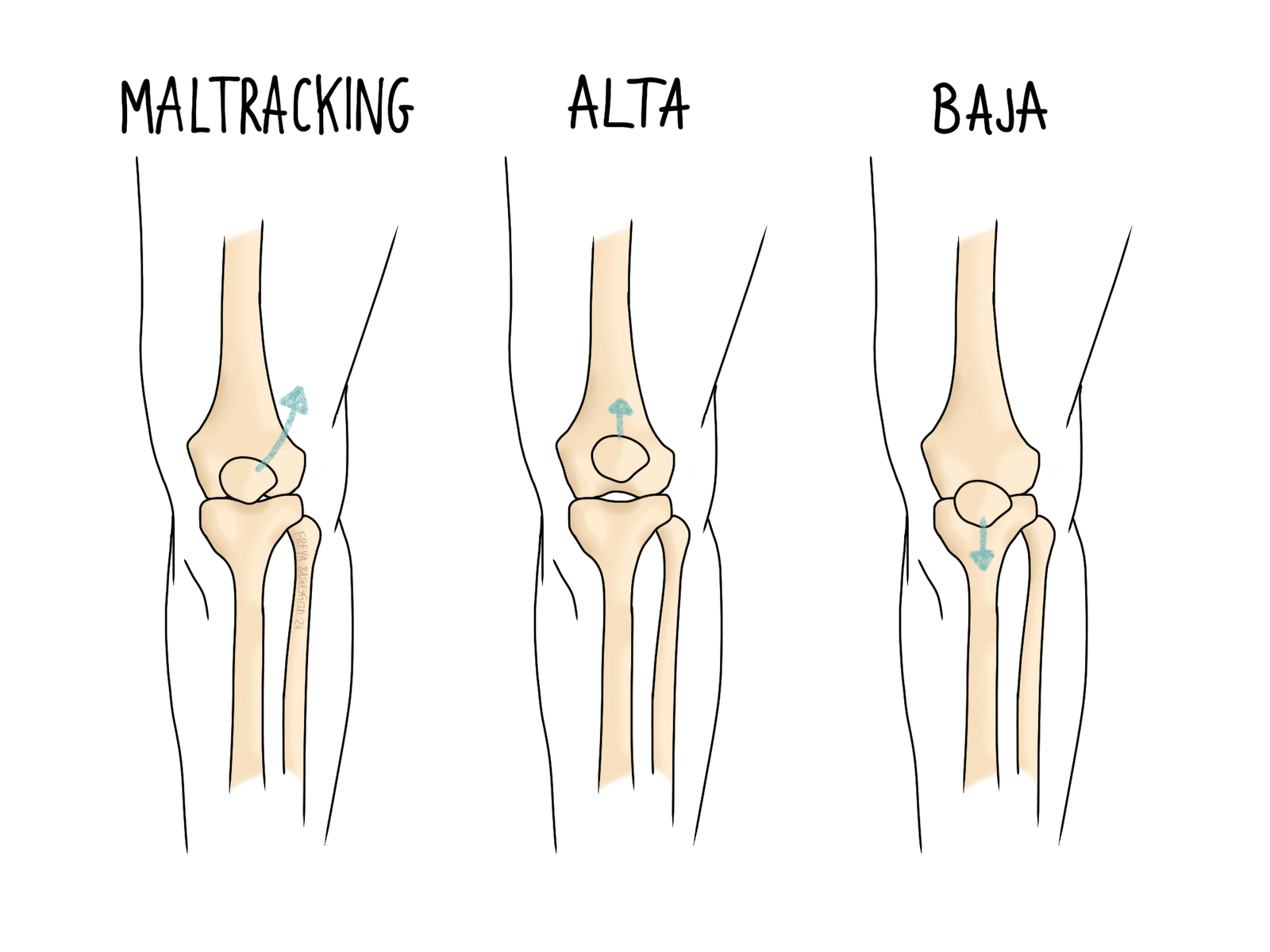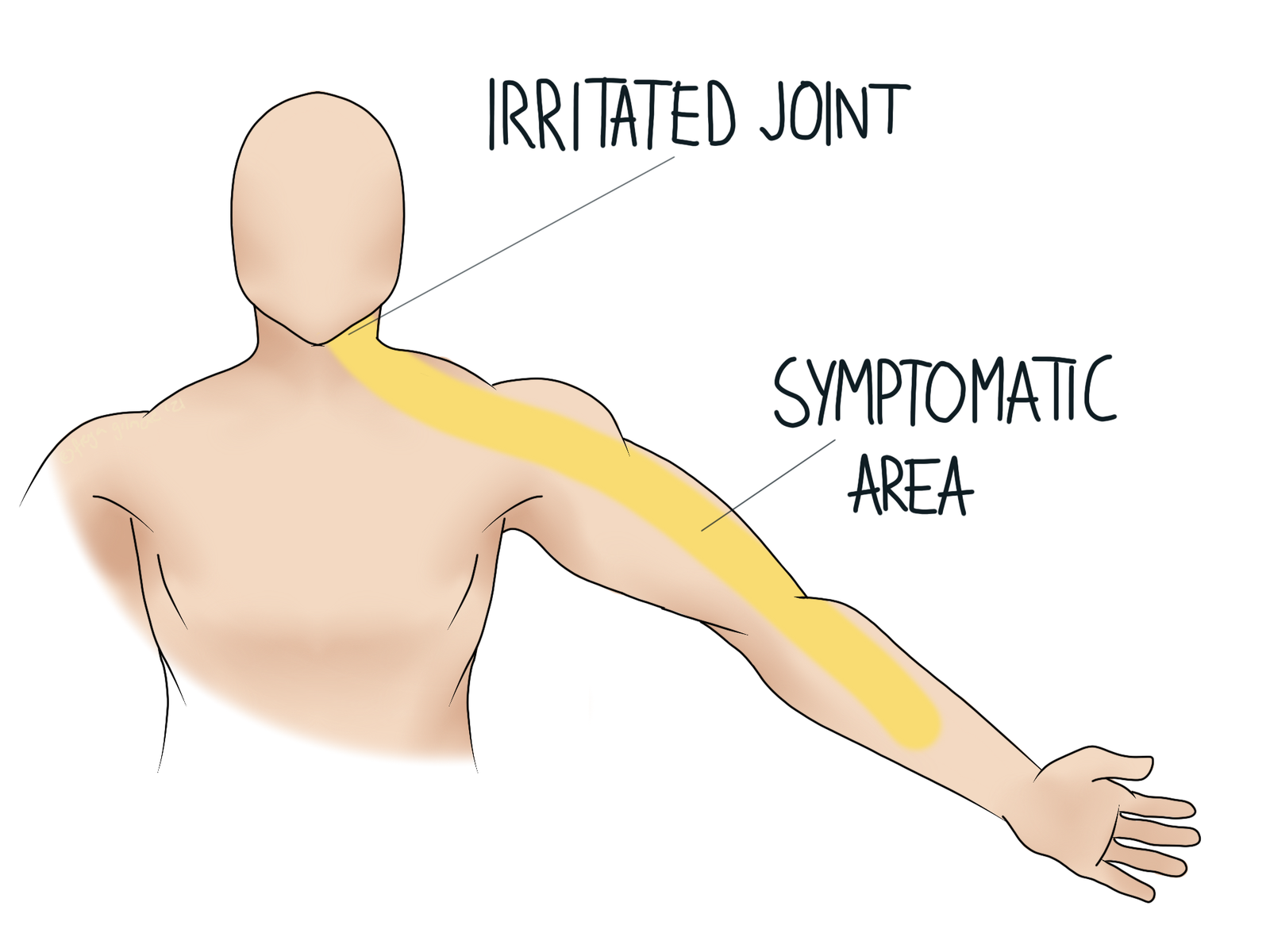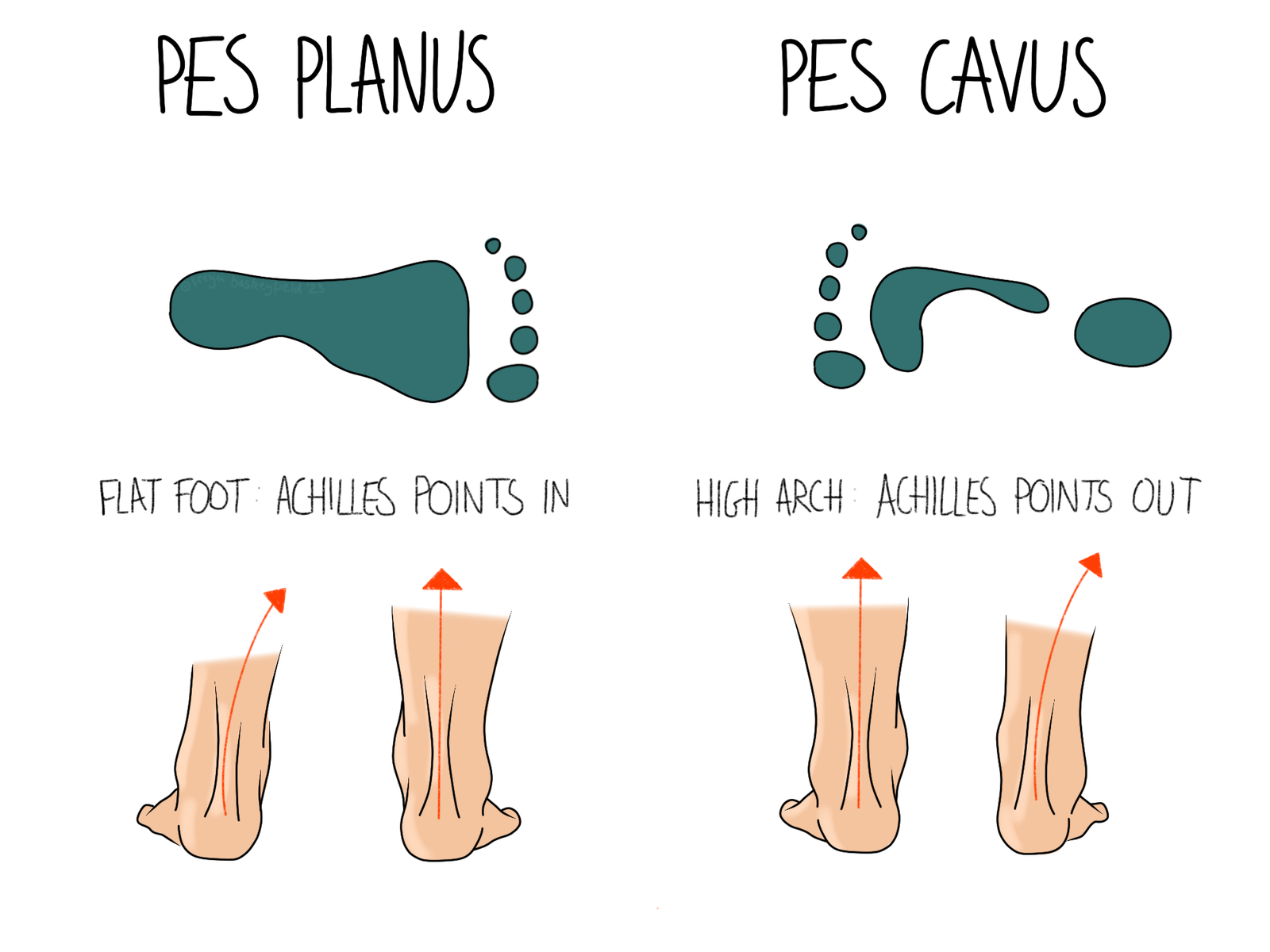The knee cap (patella) is an unusual feat of physics. It's a bone sitting suspended…
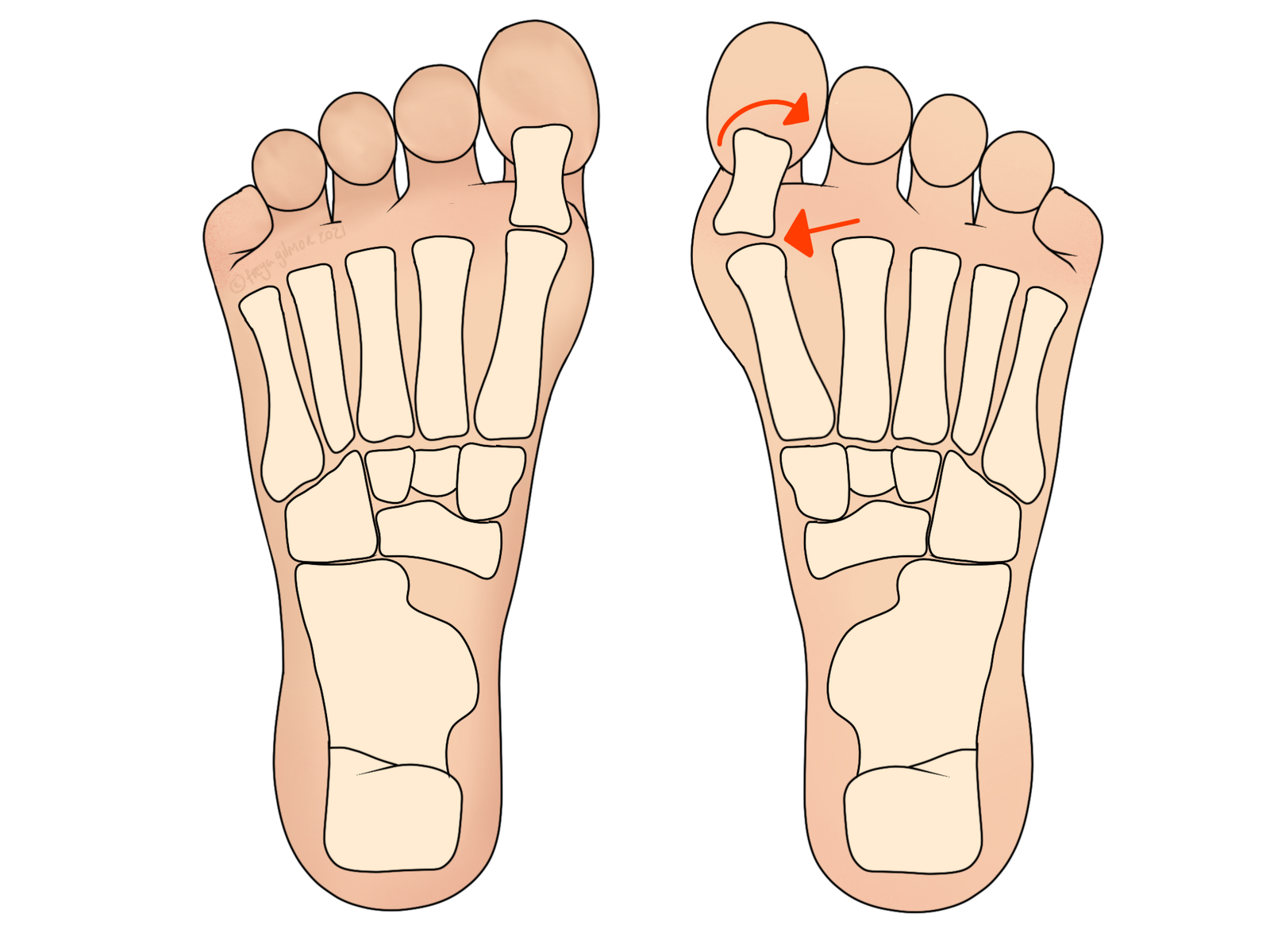
Bunions
Everyone has heard of bunions, but do you know what they really are? They’re relatively easy to self diagnose, as they manifest as a bony lump on the outside of the big toe, where the toe meets the rest of the foot.
Development
The condition tends to develop slowly, so you might not immediately notice the changes. Maybe it’s discomfort from new shoes that alert you to your early-stage bunions, or wearing open shoes for the first time in a few months. Beyond the lump formation, you might notice harder, red, or dry skin where the lump forms. Later on, as the joint moves further out from the foot, you might notice the big toe itself pointing inwards.
Causes of Bunions
Surprisingly, there is still not a lot of knowledge about the causes of bunions. Their development is often linked to footwear. Tight, pointy, or high heeled shoes put more pressure on the area and may be part of the picture. The NHS recommends wearing softer soled, low, well fitting shoes. They also recommend applying a cool compress for comfort, or looking into bunion pads to prevent friction.
Bunions may also have a genetic factor in their development. Additionally, more subtle gait changes that develop over time could put increased demand on the joints.
Associated Discomfort
Osteoarthritis is a common complication of bunion formation. The area becomes more stiff, and the pressure applied to the joint is uneven, which are the perfect conditions for arthritis to develop.
If your foot is painful on walking, you will likely find a more comfortable way to move. As the ball of the foot is involved here, a significant part of the gait cycle can be lost. If it’s no longer comfortable to roll through the ball of the foot, your walking will become less efficient. It may even develop into a limp, as you start to lift the foot early. This can have knock-on effects elsewhere. Smaller strides, or increased weight bearing through the other leg can cause adaptations through the feet, hips, and knees. It can also cause the lower back to work harder if not addressed.
Osteopathy and Bunions
We can’t make any promises to resolve the positions of the bones in your foot, but we can work to improve the way the foot moves. We will also look beyond the foot to see if other areas are overworking in response. Preventing their compensation encourages the foot to maintain proper movement, and reduces the likelihood of developing aches and pains elsewhere.
A number of foot conditions, including plantar fasciitis are recognised as benefitting from a few lifestyle changes, such as:
- wearing more ergonomic footwear
- losing weight if overweight
- staying hydrated
- frequent walking in good shoes (rather than staying sedentary for days at a time, then going on a long walk)
Although bunions don’t necessarily warrant a trip to the doctor, your osteopath may like you to get your feet checked out if you have diabetes. Your diabetes nurse or GP would be appropriate for this.

